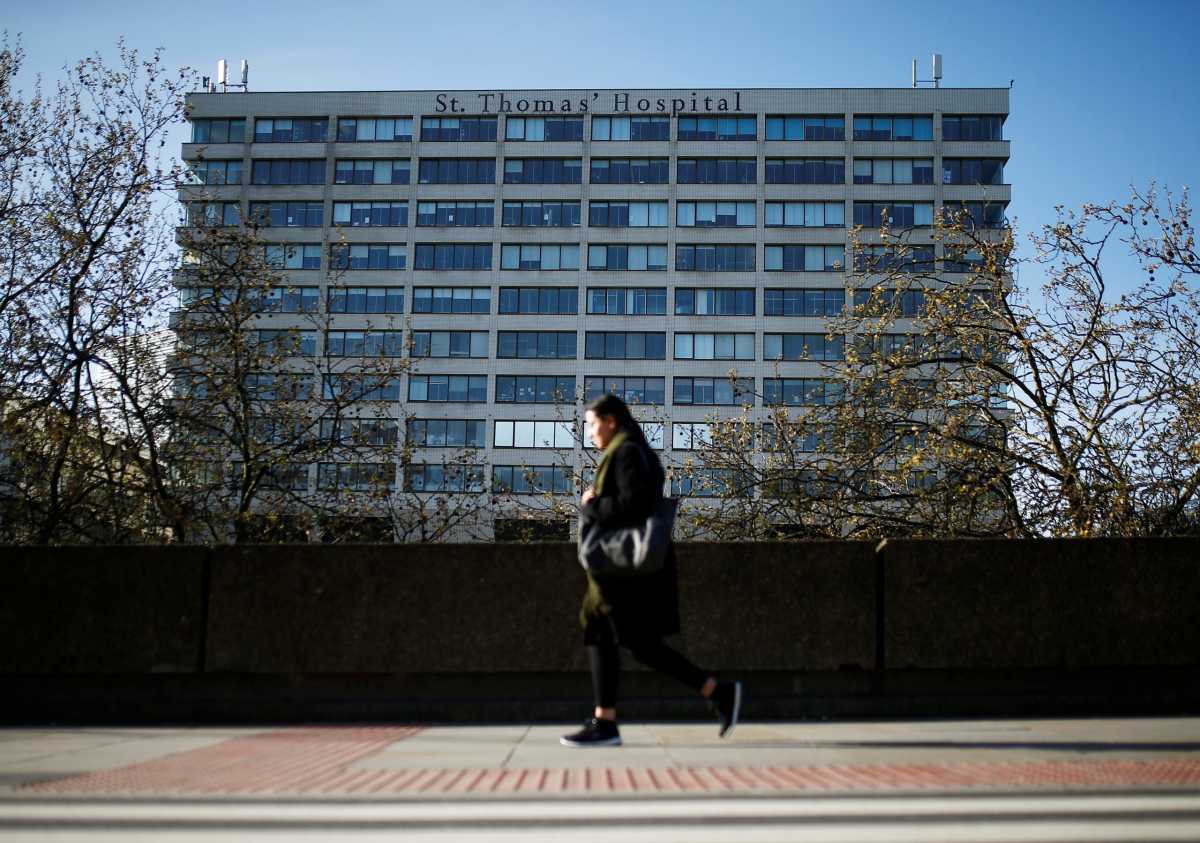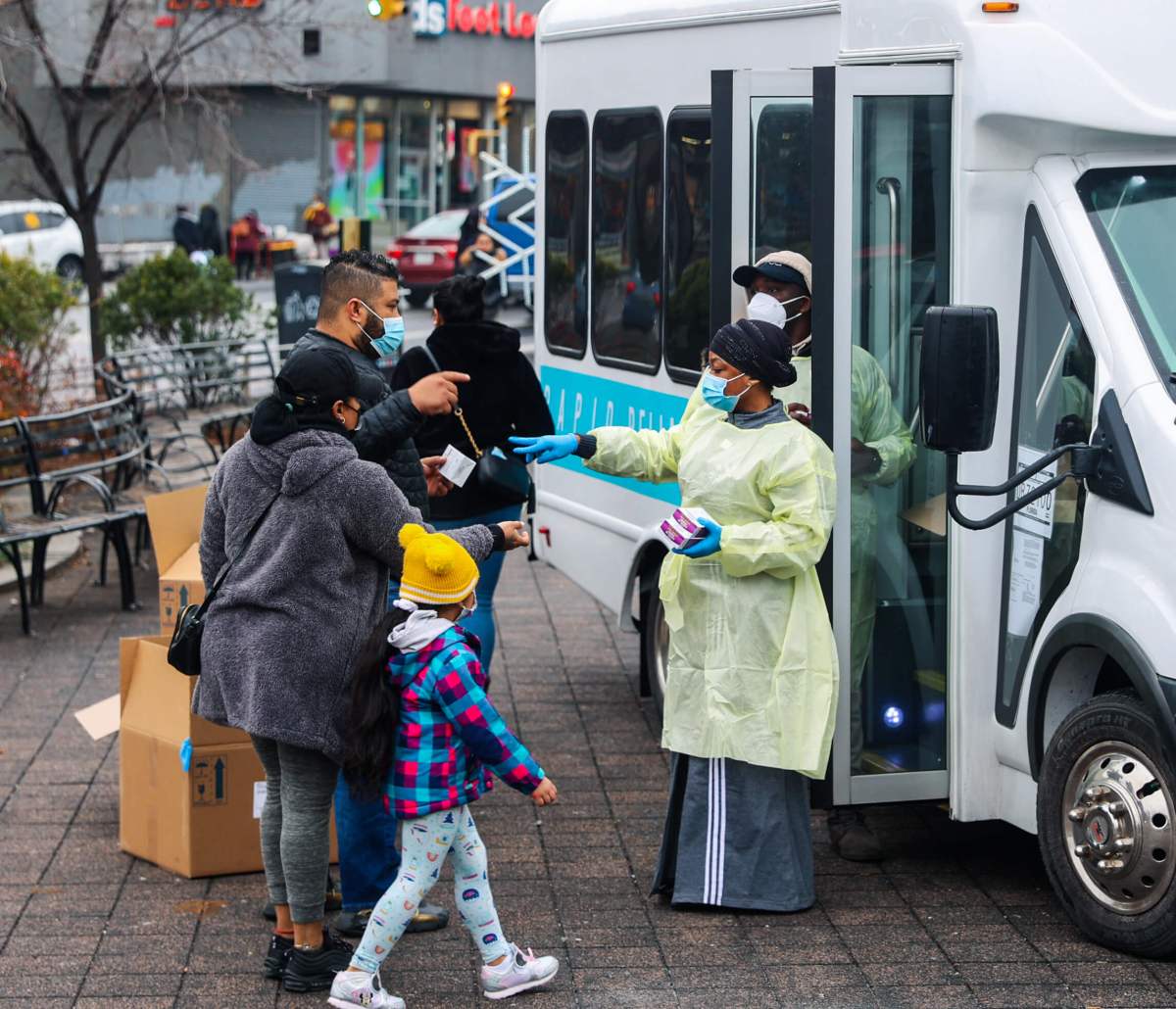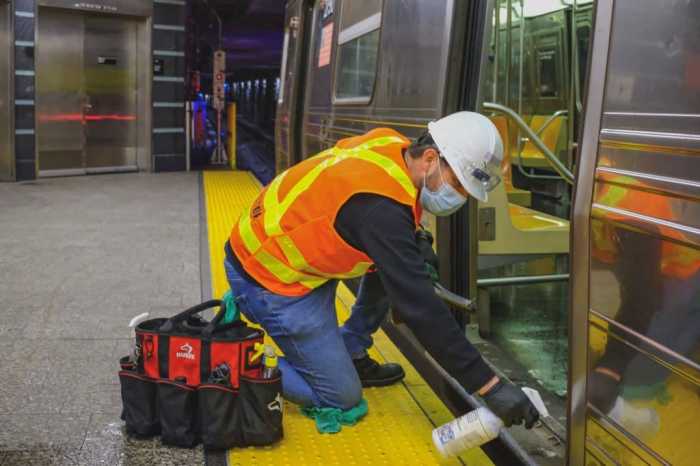ere’s what you need to know about the coronavirus right now:
Who has the UK nuclear button? No comment
When the leader of a nuclear power falls ill, one of the first questions is: Who has their finger on the button? In the case of Britain, the current official answer is that the public doesn’t need to know.
Asked by the BBC if Foreign Secretary Dominic Raab had been handed the nuclear codes while Prime Minister Boris Johnson remains in intensive care with COVID-19 symptoms, Cabinet Office Minister Michael Gove said: “There are well developed protocols which are in place.”
“I just really cannot talk about national security issues,” Gove said.
Johnson has asked Raab to deputise for him “where necessary”.
Peer pressure
Japanese Prime Minister Shinzo Abe has declared a state of emergency with a difference: while it will give authorities more power to press people to stay at home and businesses to close, he said it would stop short of imposing a formal lockdown as seen in other countries and instead rely on peer pressure for its effect.
“If each of us can reduce contact with other people by at least 70%, and ideally by 80%, we should be able to see a peak in the number of infections in two weeks,” Abe said.
The state of emergency will last through May 6 and apply in the capital, Tokyo, and six other prefectures – accounting for about 44% of Japan’s population.
A city traumatized
You’d think the residents of Wuhan would be delighted with the prospect of an end to a lockdown that has trapped millions for more than two months. Not all are, however, underlining just how many are still coming to terms with the scars of once being the world epicentre of the outbreak.
“When I heard about the lifting of the lockdown, I didn’t feel particularly happy,” said Guo Jing, a resident who runs a hotline for women facing workplace discrimination.
“I actually felt very anxious. There are many issues that we are not sure can be resolved: employment, will patients continue to experience long-term effects, and for those who died, how will we remember them?”
Europe strives for solidarity
The finance ministers of the European Union will try again on Tuesday evening to overcome national differences over the type of economic support to be offered to those hit hardest by the pandemic.
The popularity of the EU in opinion polls has been ebbing in Italy and the leaders of Spain and France have expressed varying degrees of impatience; above all the EU does not want to be seen to come late to help, as many critics argued it did after the 2008/09 global financial crisis.
China marks a milestone – no new deaths
For the first time since the coronavirus outbreak began, China reported no new deaths on Tuesday. The total number of confirmed cases in mainland China stood at 81,740 as of Monday, while 3,331 people have died.
With mainland China well past the peak of infections in February, authorities have turned their attention to imported cases and asymptomatic patients, who show no symptoms but can still pass on the virus.
Chart of the day
The governors of New York, New Jersey and Louisiana pointed to tentative signs on Monday that the coronavirus outbreak may be starting to plateau in their states, but warned against complacency as the U.S. death toll approached 11,000 nationwide.
For the global picture, click on the “daily cases” tab of the first graphic here to see why some are starting to hope that the epidemic is starting, finally, to peak:

































